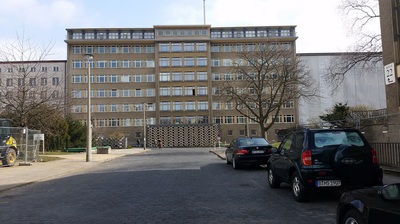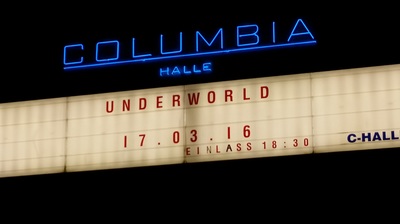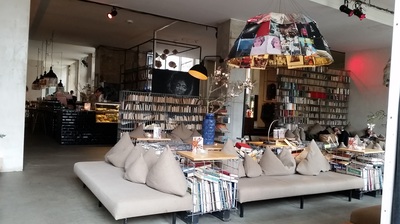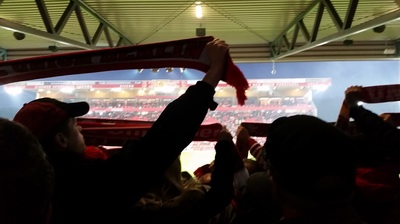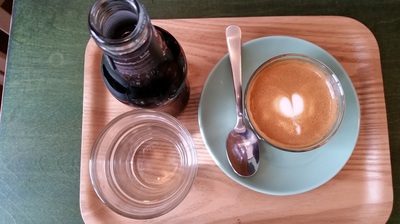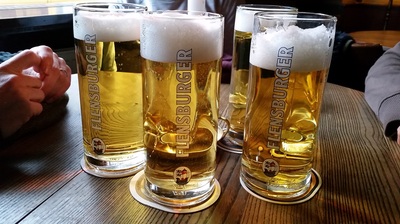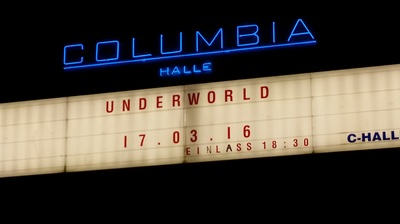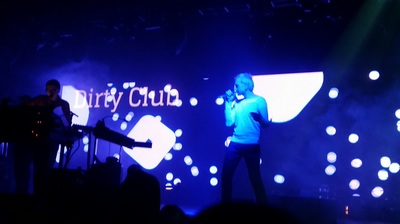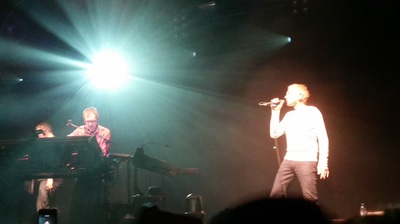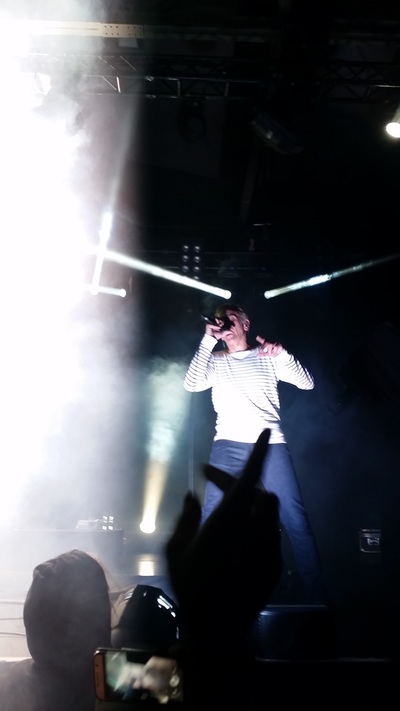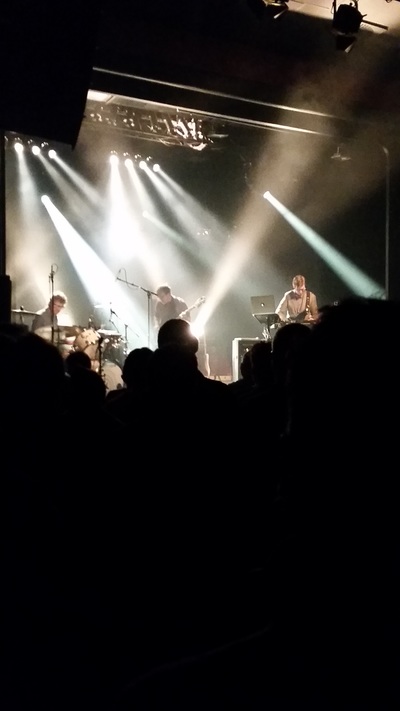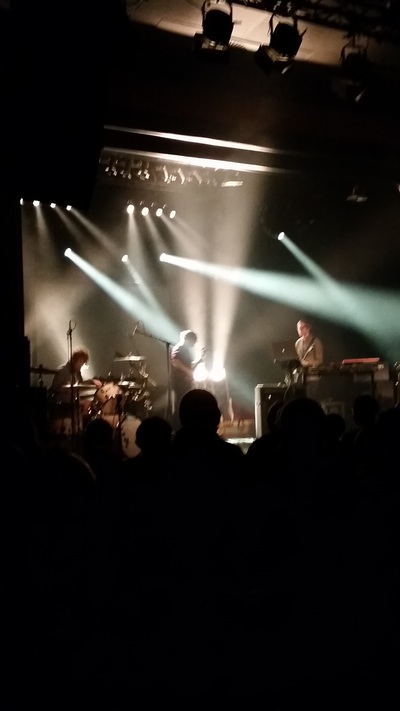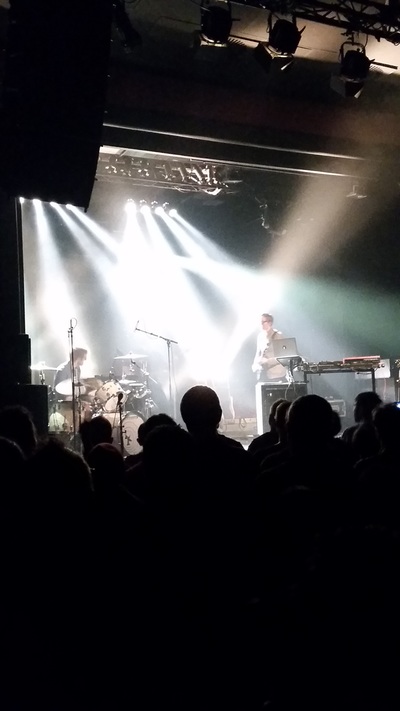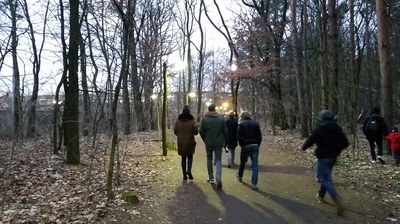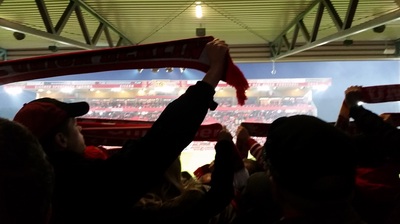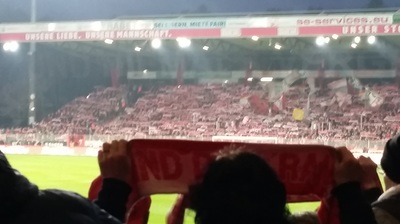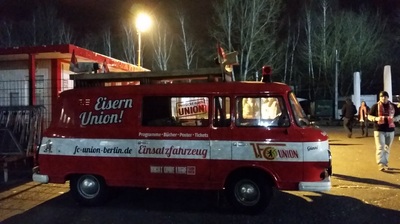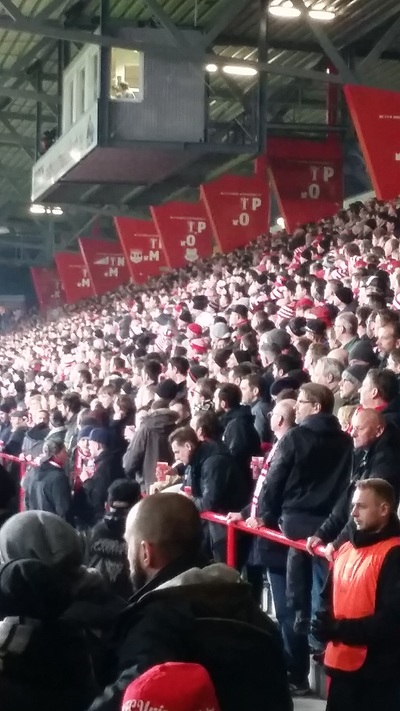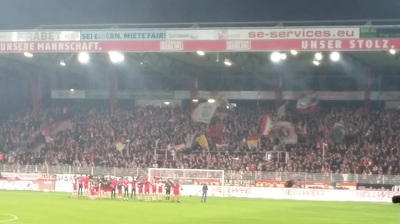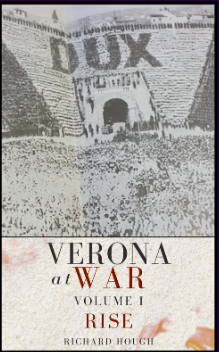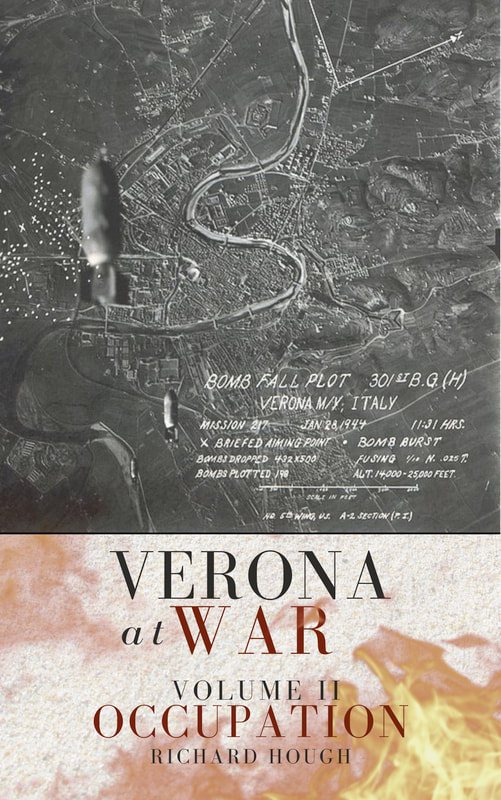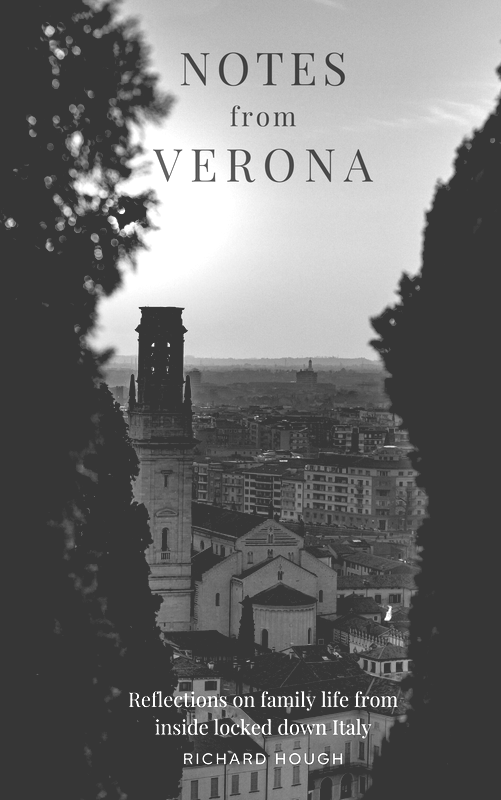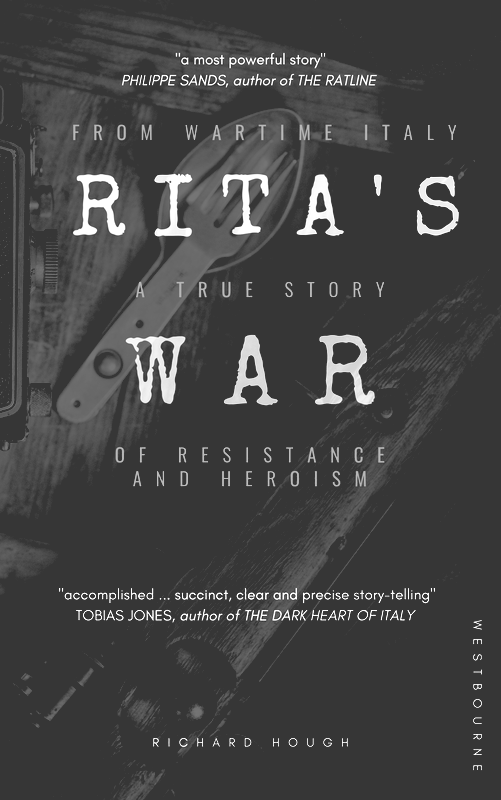|
This is the second in a series of articles following a recent trip to Berlin. You can find the first article, which provided some historical context, here.
In this blog you can follow our bike tour as we pedal from hip Neukölln, deep into East Berlin, taking a step back in time to Stasiland. For only €8 a day we picked up our hire bikes from Rent a Bike 44 in Neukölln. With miles of well maintained cycle paths, this is a great way to explore some of the more remote parts of Berlin. Stop 1 - the Soviet Memorial at Treptower Park Finishing our morning coffee in Katie's Blue Cat, one of many independent little coffee bars flourishing throughout Neukölln, we mount up for the 15 minute (3km) cycle to Treptower Park. Taking us back to the final days of the Second World War, the Soviet War Memorial at Treptower Park is a fitting place to start our tour of Berlin's Stasi era.
An estimated 80,000 Russians died in the Battle of Berlin. The memorial at Treptower Park (one of three Soviet memorials in Berlin) was opened on 8 May 1949. The memorial itself is a stunning exhibition of epic statues and landscapes. Mother Russia cries for her sons, memorial slabs and frescos depict the course of the war (with some familiar faces), a pair of proud soldiers kneel, haunted by grief but somehow defiant. It is a place that speaks of such sorrow that even the trees weep.
The centrepiece of the Treptower memorial is the breathtaking 12 foot tall statue of a towering Red Army soldier. There are no abstract metaphors here. The heroic soldier holds a rescued child in one hand and a lowered sword over a shattered swastika in the other. The memorial is a powerful tribute to a particularly brutal chapter in Berlin's history. When you consider the high price that Russia paid for the liberation of Berlin, and victory over fascism more generally, it is perhaps understandable that the Russians wanted a permanent say in how the city was to be governed. But it should also be remembered that where the soldiers of the Red Army marched, misery and suffering often followed
Stop 2 - the Stasi Museum
The next step of our journey took us even deeper into East Berlin and to the very heart of Stasiland. Leaving Treptower Park behind us, it's a 5 kilometre cycle north through eastern Berlin to the Stasi Museum on Ruschestraße. At the end of the Second World War, Berlin was divided into 4 zones of occupation (British, French, American and Soviet). The Stasi emerged from the internal security and police apparatus established by the Soviets along the lines of the Soviet KGB. It was responsible for both domestic political surveillance and foreign espionage, and it was overseen by the ruling Socialist Unity Party. The Stasi Museum is located in what was formerly House 1 of the Ministry for State Security. It documents the genesis, evolution and activities of the Stasi from its origins in the late 1940s to its collapse in 1989, when the people of East Berlin literally stormed the Stasi headquarters. The building has been retained exactly as it was in 1989 making for a sombre but fascinating spectacle (not least from a aesthetic point of view). Aside from the communist era East German interiors, particularly striking are the illustrations of employee and informer numbers, which both increase exponentially over time (see picture above). Also of interest are the hand written breakfast requirements of Stasi boss Erich Mielke. While it may seem obvious that anyone who makes such exacting breakfast demands should be worthy of the utmost suspicion, as the longest serving secret police chief in the Soviet Bloc, it didn't seem to do his career any harm.
Stop 3 -the Stasi Prison
Another 4 km north-east takes us to our final port of call for the day, the Berlin-Hohenschönhausen Memorial in the Lichtenberg district. The museum was opened in 1994 on the site of the main Stasi prison. A Soviet internment camp had been set up here at the end of the Second World War, which was subsequently transformed into the main Soviet remand prison for Germany. It was taken over by the Stasi in the early 1950s and remained in use until 1990. Our tour of the museum starts with a short but powerful film which provides some historical context. We are then taken on a sombre tour of the prison itself. In its early days, the conditions in the prison were appalling. Prisoners were incarcerated for years without trail or conviction and were subject to physical and psychological violence. Conditions gradually improved during the Stasi years and physical violence was mitigated in favour of psychological cruelty and long intense periods of interrogation. The prison is a powerful memorial to the methods and consequences of political persecution and suppression. It's been a long but fascinating day and there's not much conversation as we make the 10km cycle back to the bikeshop in Neukölln. As we meander our way through the bustling streets of east Berlin, we reflect on the lives of those others who lived here under the constant shadow of a cruel police state, or perhaps we're just contemplating that first German beer of the day. |
AboutRichard Hough writes about history, football, wine, whisky, culture + travel and is currently working on a trilogy about wartime Verona.
|
